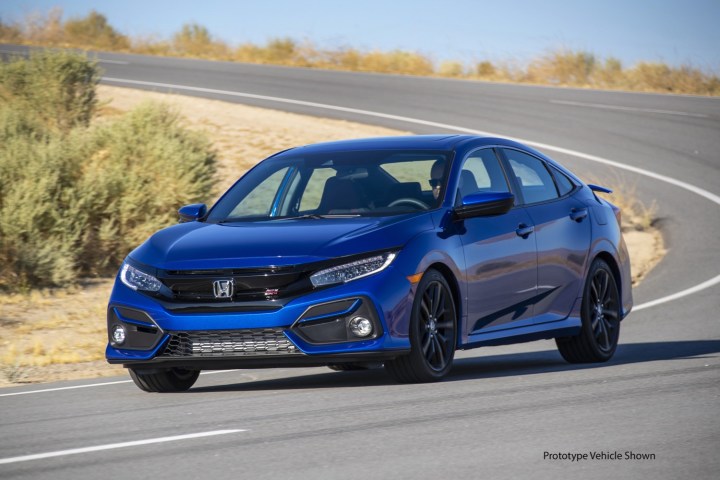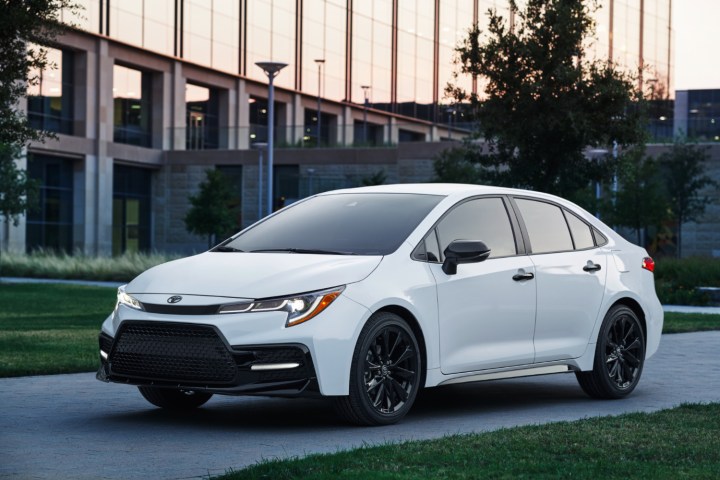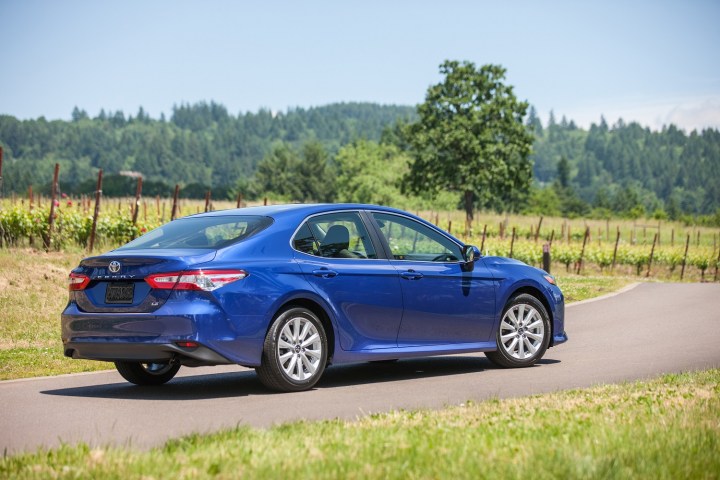The Hispanic American community represents 19 percent of the population. This makes the Hispanic American population a more participative “minority” in the economy, culture, science, and in all areas of life. The automotive industry is no exception: Nearly 20 percent of vehicles sold in the U.S. in 2020 were purchased by people of Latino origin.
(For Hispanic Heritage Month, which runs from September 15 to October 15, we are highlighting the best Latino talent in science and technology, as well as the related consumer trends of this community.)
In 2020, 29 percent of new vehicle registrations were multicultural (Hispanic, Asian, African American), with Hispanics leading growth in this category in the automotive industry. Here are the favorite cars of Hispanic Americans.
Most popular cars by brand
According to IHS Markit, a consulting firm that conducts research work on the automotive industry, the preferred brands of Hispanic Americans in 2020 were:
- Toyota
- Honda
- Chevrolet
- Ford
- Nissan
- Jeep
- Hyundai
- KIA
- Subaru
- GMC
Toyota has long focused on the Latino consumer, with an inclusive sales policy and Spanish-language advertising campaigns featuring well-known Hispanic personalities. However, what it mainly offers consumers are vehicles with the latest technology, comfort, and safety features that have helped the company maintain its position as a market leader among Hispanics and in general.
New vehicle registrations by group
| Hispanics | 10% | 11% | 12% | 13% | 14% | 14% | 14% | 15% | 15% | 16% |
| Asians | 5% | 5% | 5% | 6% | 6% | 6% | 6% | 6% | 6% | 5% |
| African Americans | 7% | 7% | 8% | 8% | 8% | 8% | 8% | 8% | 8% | 8% |
| Total | 22% | 23% | 25% | 27% | 28% | 28% | 28% | 29% | 29% | 29% |
| Year | 2011 | 2012 | 2013 | 2014 | 2015 | 2016 | 2017 | 2018 | 2019 | 2020 |
| Source: IHS Markit | ||||||||||
Most popular cars by vehicle
- Honda Civic
- Toyota Corolla
- Toyota RAV4
- Toyota Camry
- Chevrolet Silverado
Honda Civic

The Civic is the most-purchased car by Hispanic Americans in the U.S. due to its performance, durability, design, and reliability as a family vehicle. It is the direct competitor of the Corolla, a car with that it contends with year after year for the preference of the Latino consumer.
Toyota Corolla

Since it was launched, it is a classic car among Latinos due to Toyota’s bilingual advertising campaigns, its 31 miles-per-gallon fuel economy, and efficient 1.8-liter engine. Corolla is also a comfortable vehicle with a family focus and high endurance.
Toyota RAV4

This is Hispanics’ favorite SUV, mainly for its innovative design, power, and its safety system called Toyota Safety Sense 2.0. Safety features include automatic front emergency braking with pedestrian detection, exit alert, lane-keeping and lane centering assist, adaptive cruise control, automatic high beams, and traffic sign assist.
Toyota Camry

Another Toyota car that appears on the list of bestsellers among Hispanic Americans in the U.S. is the Camry, which belongs to a higher range than the Corolla. The Camry is midsize but more expensive than the Corolla. It offers more features than its smaller sibling, while still being a car with great performance.
Chevrolet Silverado

It is the only pickup truck that appears on this list. The Chevrolet Silverado is a robust and powerful truck, ideal for hard work, but at the same time, it is light. It has plenty of space and special safety equipment for children, which makes it ideal for transporting your family. So, if you are looking for a heavy-duty truck and at the same time a comfortable and safe family vehicle, this is the one for you.
Editors' Recommendations
- The 5 most successful Hispanic tech startups in the world
- The best tech inventions developed by Latinos
- Why do we celebrate Hispanic Heritage Month?
- For Beats by Dre, amplifying Black culture is an always-on effort
- Most influential Hispanic Americans in Hollywood’s film industry




